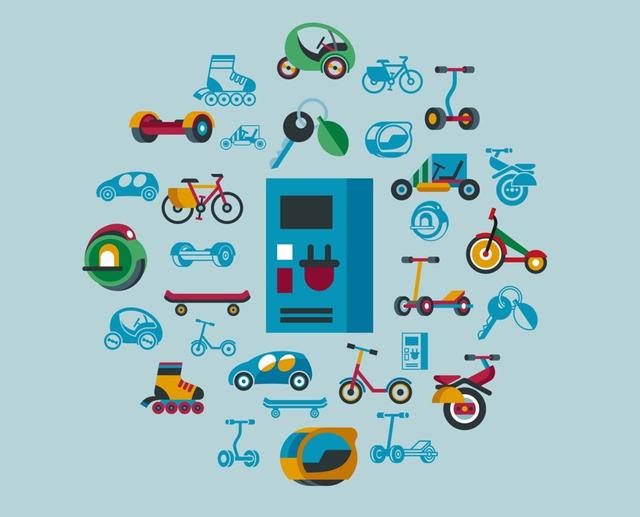Surrey Climate Commission responds to the draft transport plan for the South East
12th October, 2022 - 10:11

Transport for the South East’s draft investment plan should do more to curb carbon emissions, including providing alternatives to the car in rural areas says the Surrey Climate Commission. Read our consultation response:
The Surrey Climate Commission supports the need for a strategic vision and plan for the South East and welcomes the opportunity to contribute to the development of the Strategic Investment Plan (SIP). It is encouraging to see that the SIP has been developed from an extensive evidence base, and underpinned by three strategic goals which address social and environmental as well as economic needs. TfSE could be more explicit about this balanced approach in their overall purpose, which currently focuses on economic growth.
It is encouraging to see numerous Evidence Base reports listed in Appendix B, however we would prefer to see the main data that frames the Plan summarised clearly in the SIP. This should include trips by mode for the base year and estimated forecast year so that readers have a clear understanding of how travel will change between now and 2050 and the impact of the Plan. Without a table or graphical representation of the data on a consistent basis it is not straightforward to reconcile data such as “4 million fewer car trips” delivered by the Plan on page 11 with “the number of car trips will grow 23%” under the Business As Usual trajectory on page 31. The base year should also be clarified in the main document.
Electric scooters are noted as an example of new mobility on page 36 and it is stated that they have “great potential…to enable healthier and more active lives.” We are unconvinced by this and concerned that trips by e-scooters will replace trips by walking and cycling and therefore actually reduce active travel. Has the demand shift from walking and cycling to e-scooters been modelled or otherwise been quantified? The underlying basis of the mode shift should be made explicit in the document.
Data assembled by Surrey County Council and analysis by the University of Surrey commissioned by the Surrey Climate Commission show travel and transport contribute nearly half of all greenhouse gas emissions in Surrey. These analyses show that car use contributes two thirds of transport greenhouse gas emissions. Transport planning research has shown that, without traffic restraint measures, additional highway capacity has the effect of increasing the attractiveness of the highway network which leads to more traffic. The package of transport interventions in the SIP includes numerous highway capacity improvements. The data in Table 2 shows that the net effect of these highway schemes is a substantial increase in carbon emissions and therefore will slow down delivery of the net zero target. As noted above, the underlying demand context should be made clear in the SIP, and this should include the number of induced highway trips that will be generated by the highway capacity improvements. The Surrey Climate Commission does not support the provision of additional highway capacity unless there is a clear safety requirement or that it can be demonstrated that the scheme has a net positive effect on emissions.
The case for these highway schemes should be clarified, and that should include the full raft of schemes that were considered, why the schemes in the SIP were chosen and why other schemes were excluded. More emphasis should be placed on making the alternatives to the private car - such public transport and active travel - more attractive and effective choices over car use.
The package of rail enhancements is generally supported, and we welcome schemes such as the southern link to Heathrow, Down Link electrification and station capacity enhancements.
The proposals for inter urban cycle ways should be expanded in order to deliver the scale of mode shift toward cycling that is needed, especially in rural areas. Also networks of quiet lanes are needed in rural areas. Coupled with electric bikes, this would provide a sustainable alternative to private cars on rural roads.
We would like to see greater emphasis placed on demand-responsive transport initiatives in rural areas, to provide an attractive alternative to car journeys.
There has recently been an increase in home deliveries which has generated more light goods vehicles in urban and residential areas. The SIP should reference the need for local delivery and freight hubs which would help consolidate and reduce LGV deliveries. These could be combined with e-cargo bikes to provide local distribution of goods.



